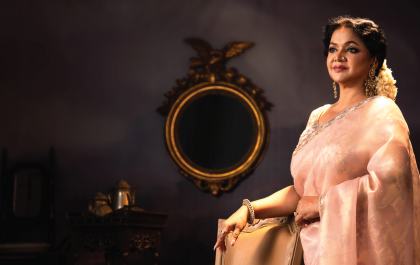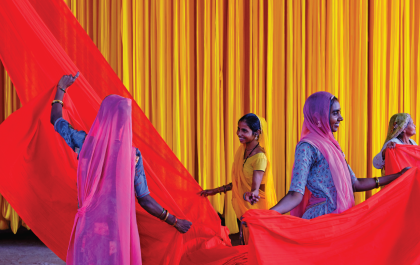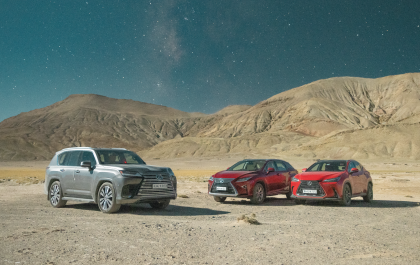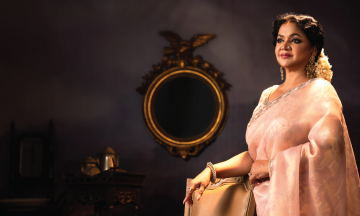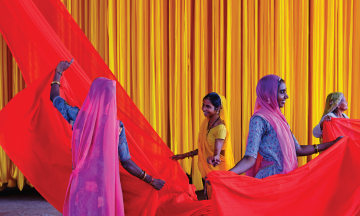There’s more to Shwapnil Shojib than meets the eye
By Rasha Jameel
Widely-known for his beautifully-sung covers of Rabindra Sangeet, Shwapnil Shojib has recently been making waves in international waters with his collaborations with Nikhita Gandhi and Priyangbada Banerjee. With all the makings of a star on the rise, Shwapnil Shojib is poised to reach new heights in the contemporary music scene here in Bangladesh.
What’s been going on in Shwapnil Shojib’s life recently? MWB hopped on a phone call with the musical sensation himself to find out.
You are well-known for your contributions to Rabindra Sangeet. What drew you to the genre in the first place?
I’d have to go back to my childhood for this, where my first foray into music was through my family members – my mother used to sing, my maternal grandfather is the well-revered poet Anwar Karim, my maternal aunt Lutfun Nahar Lata is a renowned singer as well, so I’d learn from watching them in their element. Once, at five years of age, I demanded to share the stage with my aunt who eventually gave in and handed me the mic, allowing me to sing a cover of Dilruba Khan’s “Pagol mon re mon keno eto kotha bole.” My performance was very well-received by the audience. Thus began my journey in music, over the course of which I was awarded the gold medal for folk music at two separate events: National Study Week and National Children’s Competition. At the time, I wasn’t particularly focused on Rabindra Sangeet, and regularly practiced folk songs, Bengali classical music, Nazrul Geeti. In 2007, I got wind of a Rabindra Sangeet music competition based in Bangladesh, and decided to sign up as a participant. My decision was met with snide remarks from individuals who deemed my expertise in folk music to be a disadvantage in singing Rabindra Sangeet.
I stayed positive nonetheless, and went on win first place in all of Faridpur, then the entire district round, and finally came first in the national-level competition. For four consecutive years, I came first at the competition, and eventually decided to pursue Rabindra Sangeet more seriously at Chhayanaut, under the tutelage of the immensely popular and well-revered Rezwana Choudhury Bannya. It wasn’t until I interacted with Bannyadi that I realized the importance of Rabindra Sangeet in my life. My fondness and devotion towards Rabindra sangeet have continued ever since.
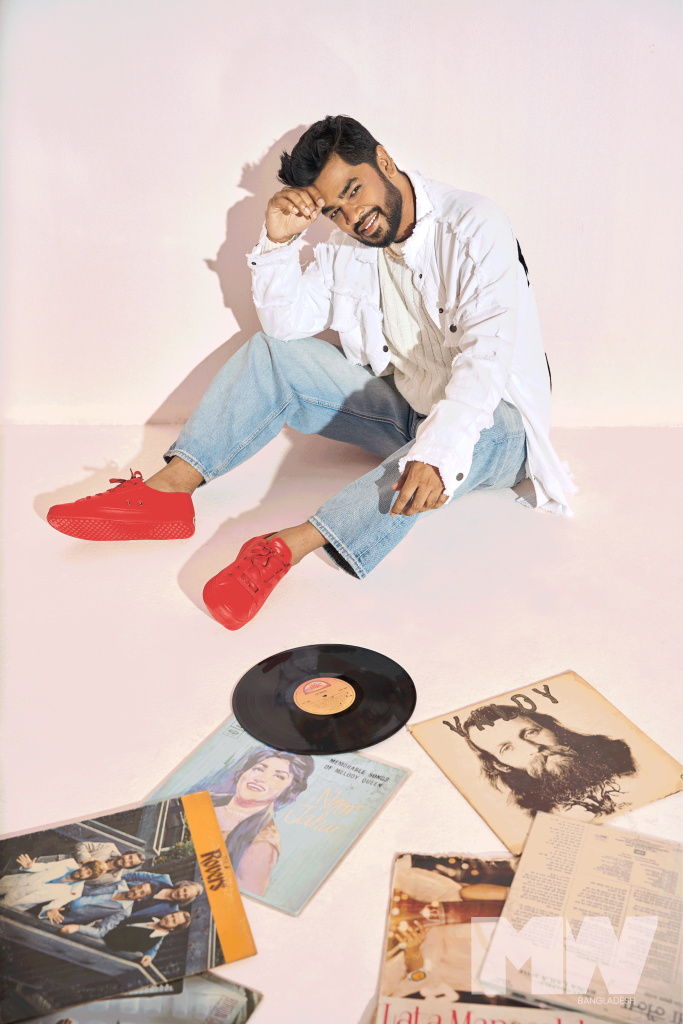
Did you always want to be a musician?
I’d never wanted to become a musician. Initially I wanted to become a pilot, later a doctor, but I ended up studying commerce-based subjects. My journey towards Rabindra Sangeet began rather abruptly in the middle of my studies. All the love and accolades I’ve received over the years for the same has been a constant source of inspiration for me. In 2012, my first album based on Rabindra Sangeet went on to become the best-seller for the genre that year. It was around that time that I became all the more determined to provide my fans and audience with quality music, a feat I could only accomplish with a full-fledged career in music, not as a musician by hobby.
Tell us something about your most favorite musical collaboration so far
I consider myself incredibly lucky to have had the opportunity to work with several renowned artists such as Bangladesh’s very own Rezwana Choudhury Bannya, Indian national award-winning Iman Chakraborty, and recently, the recipient of both Grammy awards and Indian national awards – Pandit Vishwa Mohan Bhatt. My collaborative work with Pandit Vishwa Mohan Bhatt has received accolades from all across the globe. While I regard all my music and musical collaborations in the same manner as I’d regard my own children, my collaboration with Pandit Vishwa Mohan Bhatt stands out as a unique and highly-cherished personal accomplishment.
Name a musical artist you’d love to collaborate with one day
There are too many to name. I’d love to work with BTS someday. The Latino popstar Maluma is also on my list of artists I’d love to collaborate with. I ardently wish to work on projects with Priyanka Chopra and Cardi B as well. Barbra Streisand is one of my favorite artists of all time, I’d love to be able to collaborate with her one day as well. When it comes to Western classical or indie music, I’d love to work with Anoushka Shankar someday.
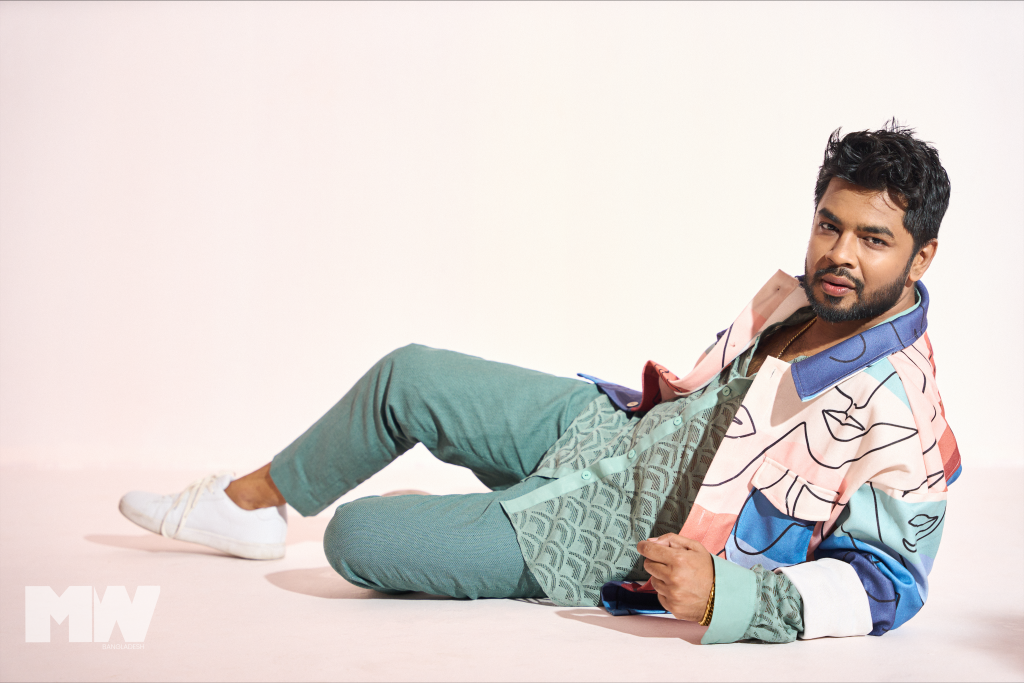
You’ve been a part of several music videos. What has that experience been like for you as a musician?
It’s important to acknowledge here that we cannot deny the demands of time. There used to be a time when cassettes, LPs, and CDs dominated the music scene. These days, the contemporary music space is largely based off of social media platforms, namely YouTube. We have to adapt accordingly. When a musical artist releases an album, it usually consists of music from a variety of genres, allowing the artist in question to truly explore all avenues of creativity. But these days, the experience of consuming mainstream music content has changed, where a music video is an innovation of the times we must become accustomed to. As a musician, and a student of music, I’ll always say that the audio track itself ought to be prioritized over the music video. The audience will be drawn to the music video only if they enjoy the music in the first place. But the fact still remains that the audience is able to relate better to the musician’s vision for a song through the music video.
What advice do you have for someone preparing to enter the Bangladeshi music industry?
I consider myself a newbie in this industry as well. All I have to say is, it’s quite problematic how, in this digital age, people measure an artist’s accomplishments through the number of views and likes they have on social media, forgetting that the artist’s true worth lies in their efforts of perfecting their craft through practice. An artist must always understand the importance of training hard and revising their works. It’s something I’m deeply mindful of in my music career, repeatedly analyzing my works and learning from my flaws. This is the only advice I have for newbies – to be a Lata Mangeshkar, or a Sabina Yeasmin, or a Runa Laila, or a Nurjahan Begum, there can be no alternative to training hard in music. Also, I believe it’s just as important for artists to set boundaries for themselves and say no to certain opportunities which can potentially undervalue their true worth.
This is something I learned from reading Lata Mangeshkar’s biography, where she detailed her tendency to think over her decision to attend concerts several times. Finally, my humble request to newbies in the local industry is to remember their roots and pay their due respects to the Bengali language when presenting their art to the world.
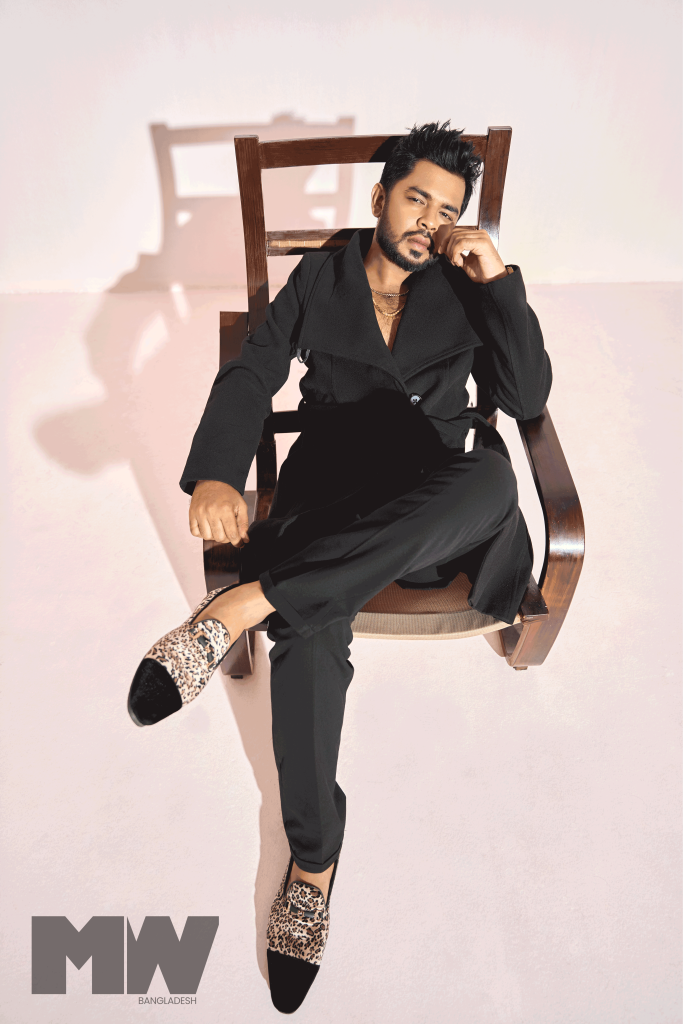
What is your favorite genre of music?
This is a very complicated question for an artist. I’m drawn to all kinds of musical tunes in existence. My genre of choice depends on my mood. If it’s raining outside, I like to listen to either some soft, melodious jazz music or Rabindra Sangeet. If I’m visiting my hometown or such, I like to indulge in some folk music. When I’m in a very relaxed mood, I opt for some dance music. I don’t think you can confine an artist within a genre. When I’ve just organized my living quarters and there isn’t a soul in sight, I listen to some Girija Devi or Rashid Khan as I sit by myself in the dim lights.
Favorite travel destination?
At the top of my list of favorites is my hometown. Now that I live in Dhaka, going back to Faridpur triggers an intense rush of nostalgia as I spot the streets and lanes and fuchka stalls I’m all so familiar with. I consider Kolkata to be my second home as I’m able to reconnect with my friends in music while always learning something new about music there. Thirdly, I’d say one of my favorite places to visit is LA, I feel elated every time I’m there, as being there helps me realize just how close I am to making all my dreams come true.
What do you get up to in your free time?
Watching favorite classic movies on Netflix, playing with my cat Mumu Maria, and occasionally, some cooking.
If Shwapnil Shojib wasn’t a musician today, he’d be …
Probably stuck in the role of an assistant in a corporate environment.
What’s next for Shwapnil Shojib’s music?
Remember when I spoke about LA, I’d mentioned this feeling of being close to achieving my dreams? Well, my long-term plan is connecting with world music, collaborating with international artists as I take Bangladeshi music to a global level.
Fashion Direction & Styling: Mahmudul Hasan Mukul
Photographer: Farabi Tamal
Make-up & Hair: Mohammad Al Amin
Location: Beacon Studio





